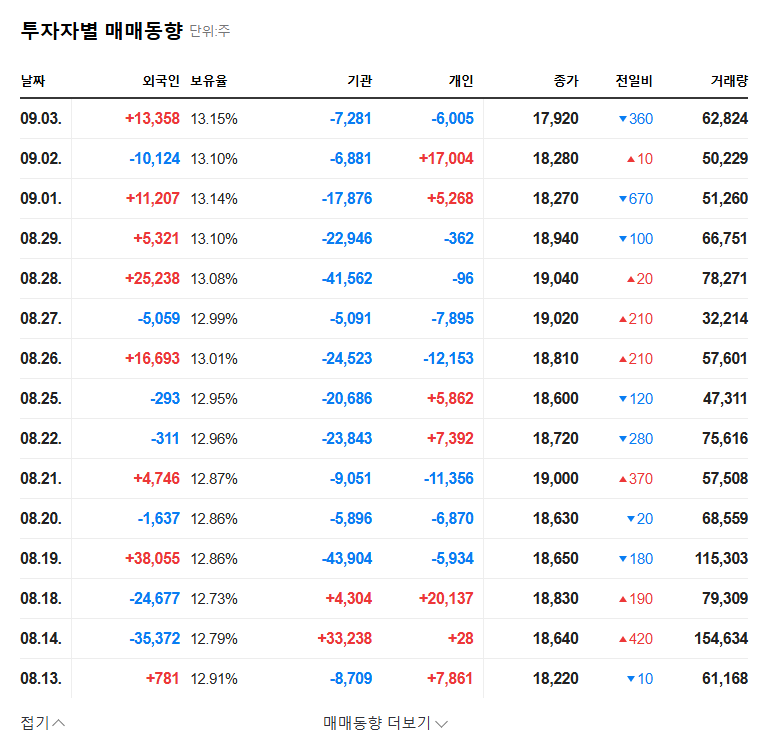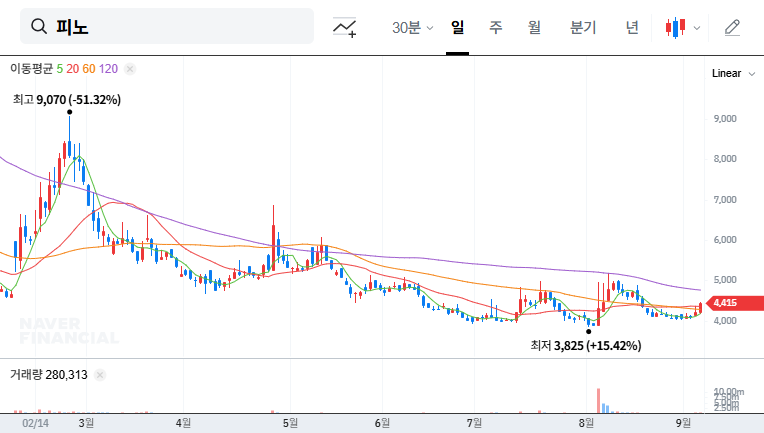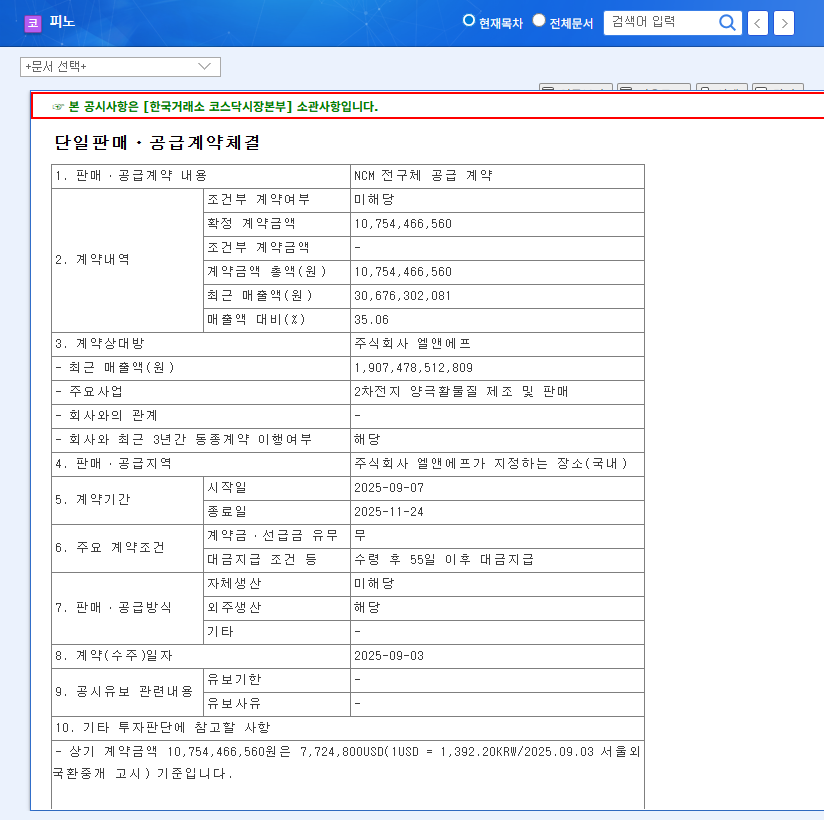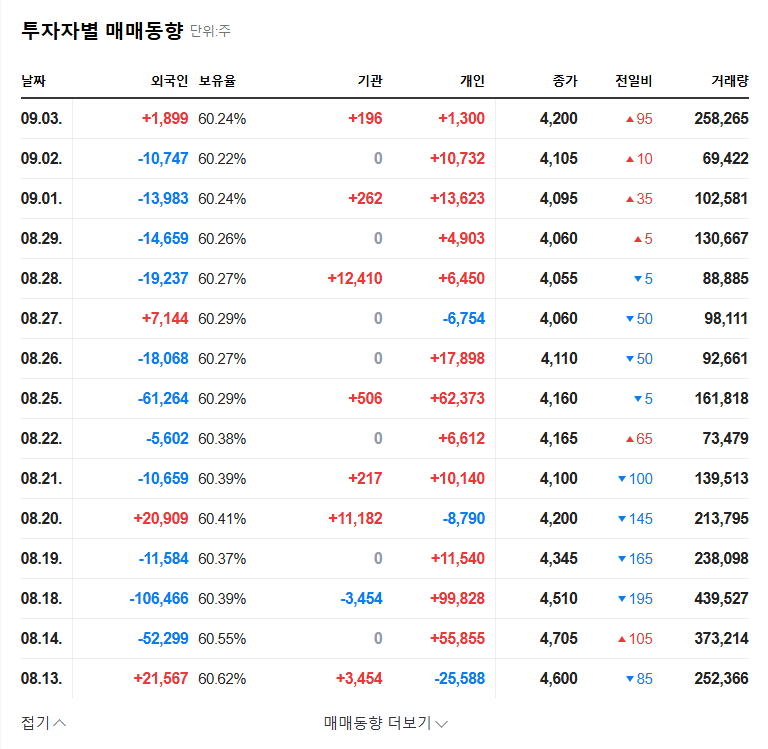
1. LF’s Share Buyback: What’s Happening?
On September 4, 2025, LF announced a share buyback program worth KRW 2 billion. The company plans to repurchase 111,662 common shares on the Korea Exchange, aiming to stabilize stock prices and enhance shareholder value.
2. Why the Buyback?
With a stable financial structure, LF has shown steady growth across its fashion, finance, and food businesses. This share buyback is interpreted as a strategic move to instill confidence in shareholders by stabilizing stock prices and promoting long-term corporate value growth.
3. Share Buyback: Stock Price Outlook
- Short-Term Impact: The buyback is expected to provide downside support for the stock price and improve investor sentiment. However, due to the relatively small volume of shares being repurchased, a significant price surge is unlikely.
- Mid-to-Long-Term Impact: Consistent share buybacks can lead to enhanced shareholder return policies, contributing to long-term corporate value growth.
4. What Should Investors Do?
The share buyback should be viewed as a positive signal in the long term, rather than a short-term price booster. Investors should carefully analyze LF’s business growth potential and future growth drivers, considering their investment objectives and time horizon before making investment decisions. Pay close attention to the performance of core businesses and new growth drivers, such as finance/food business growth and data center projects.
Frequently Asked Questions
What are LF’s main businesses?
LF operates in the fashion, finance, and food sectors. Fashion accounts for 74.4% of its revenue, with key brands like ‘Daks’ and ‘Hazzys.’ Its finance business involves real estate investments through Koramco REITs, while its food business, LF Food, focuses on global food sourcing, distribution, and targeting the HMR/RMR market.
What is the size of this share buyback?
The share buyback program is worth KRW 2 billion, repurchasing 111,662 shares.
What is the outlook for the stock price after the buyback?
While the buyback is expected to offer downside protection in the short term, the relatively small volume may limit significant price increases. In the mid-to-long term, it could positively influence corporate value through enhanced shareholder return policies.










